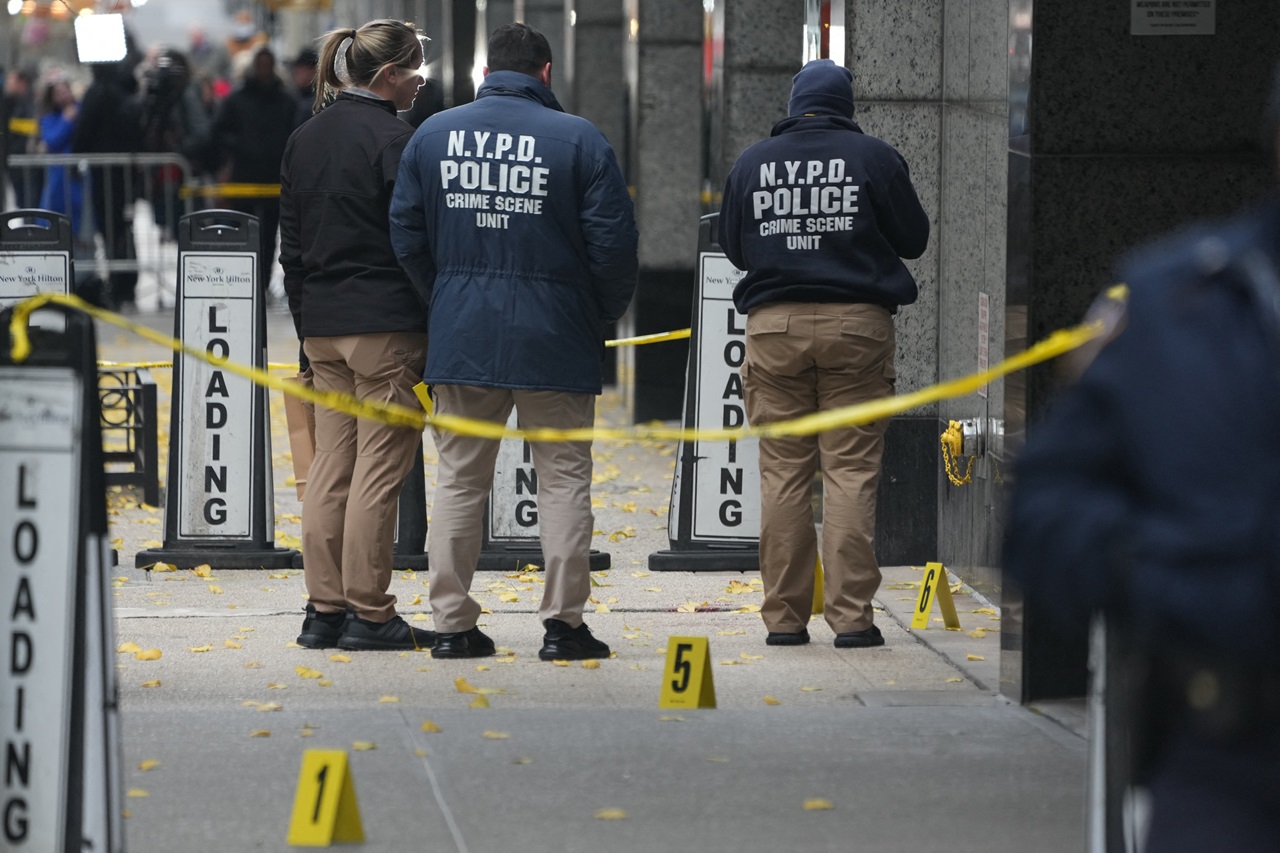
Fighting Philly’s housing crisis: 50-year mixed-income overlays
A bill from Councilmembers María Quiñones-Sánchez and Jamie Gauthier would create specific zones where 20% of all new housing constructions would have to be…
Before the COVID-19 pandemic and now coming out of it, Philadelphia has had major issues with creating enough affordable housing for all its residents. The demand has long outweighed the supply.
Gentrification runs rampant, and when developers want to build a new slate of housing, the Philadelphia Zoning Code currently has a program to incentivize the construction of affordable housing, but it is only optional at the end of the day.
Last year, Councilmember Jamie Gauthier’s office commissioned a study of housing in District 3, and found that nearly half of the households in her district spent more than a third of their entire income on housing. In addition, 70% of the rental units in her district cost more than $750 a month, making them unaffordable for 65% of residents.
“Philadelphia is in the midst of a full-blown housing crisis. If we continue to do nothing, housing prices will continue to go up, and the Black and brown people who are the backbone of this city will continually be pushed to the fringes,” said Gauthier.
In response to the gentrification and affordable housing crisis, Gauthier has joined forces with Councilmember María Quiñones-Sánchez to create a new tool for the chest used to battle the city’s housing crisis.
Quiñones-Sánchez’s District 7, which encompasses Northern Liberties, Fishtown, and Kensington, among other neighborhoods, has been another hotspot for developers over the last decade and remains so today.
The tool both councilmembers are working on is a recent bill that would create 50-year overlays in specific areas of District 3 and 7 seeing increased market pressure, and require all new development of 10 or more units within those overlays to be 20% affordable housing. The overlays would be in place over a 50-year period.
RELATED CONTENT
When it comes to what’s ‘affordable’ housing in Philadelphia, the city’s overall area median income (AMI) is $94,500 a year. The rental units built in the overlays must be affordable for households earning up to 40% AMI, or approximately $37,800 a year. For owner-occupied households, the threshold is 60% AMI, or $56,700 a year.
Officially called the Mixed Income Neighborhoods Overlay Bill, the legislation’s most recent progress was to pass out of City Council’s Rules Committee on Monday. Nov. 15.
“Diverse, mixed income neighborhoods need strong public policy that incentivizes and promotes equitable development,” said Quiñones-Sánchez. “Piloting more aggressive public policy will help us meet the greater housing needs.”

This article is part of Broke in Philly, a collaborative reporting project among more than 20 news organizations focused on economic mobility in Philadelphia. Read all of our reporting at brokeinphilly.org.











LEAVE A COMMENT:
Join the discussion! Leave a comment.